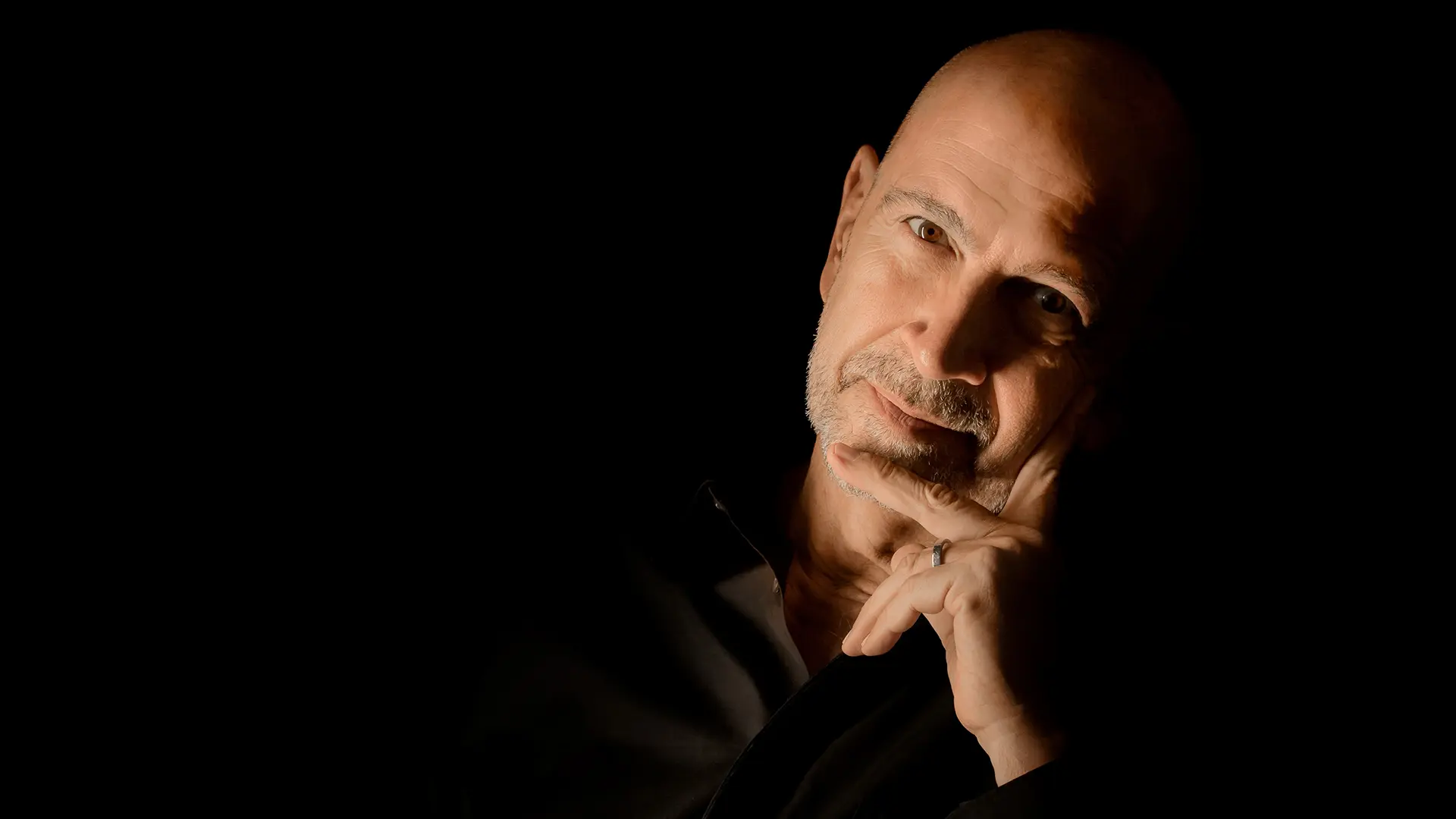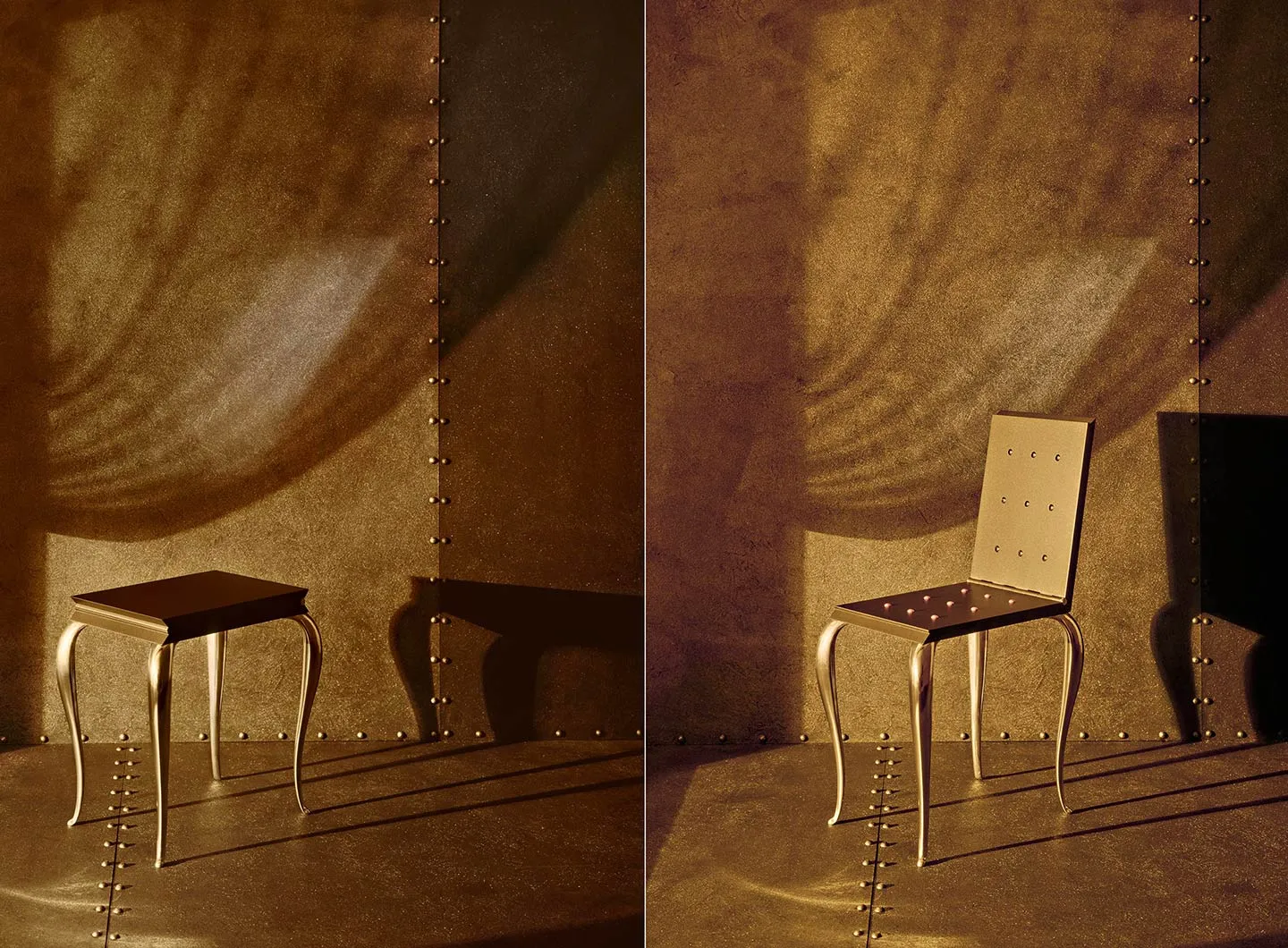In partnership with MiCodmc, a selection of establishments ripe for discovery during the 63rd edition of the Salone del Mobile.Milano, from 8th to 13th April

The American photographer who has documented the evolution of the international design since since the 80s in a light-filled style.
Philippe Starck’s personal photographer for ten years and long-time collaborator of Ingo Mauro, Tom Vack is also much in demand by designers to immortalize their pieces - Michele De Lucchi, Ron Arad, Marc Newson, Massimo losa Ghini, Alessandro Mendini, Aldo Cibic and Antonio Citterio were among the first, followed by many more, including Luigi Colani, Andrea Branzi, Rodolfo Dordoni, Stefano Giovannoni, Toshiyuki Kita and Satyendra Pakhalé. He also works for a great many companies who have entrusted him with the image of their products – from furnishings by Classicon, Driade, Flos, Luceplan, Magis, Moroso, Veneta Cucine, Venini and Vitra to motorbikes, cars, clothing, shoes, bags, yachts and timepieces by leading brands.
After completing his studies at the Faculty of Architecture and Design at the University of Illinois Chicago Circle, he started working as a self-taught photographer, working on the annual catalogues of numerous companies. He left the United States for Europe in 1987, splitting his time between Germany and Italy before settling definitively in Milan, attracted by the city’s buzz.
He has always said he “wanted to make an object in a picture rather than a picture of an object,” repeated rather like a mantra. His photographs really are actual portraits, in which what really stands out is the manipulation of light. Light that emerges from the dark, harnessed artistically to highlight the intimate nature of the object, from its shape to its materials. His particular use of shadow and chiaroscuro, his oblique takes, his unusual frames and depth of field evoke his childhood passion for American films noir of the Forties and Fifties. His images also reveal his fascination for Man Ray’s photographic surrealism, and the art of László Moholy-Nagy, author of the first fundamental work on photography published by the Bauhaus. The urban landscape of his birth city, Chicago – known as the “windy city” - with its sudden changes of light and vertiginous depths, is undoubtedly a subliminal influence in his compositions. There’s no trace of nostalgia in his images, just space for his subconscious and the things that remain etched into his heart and soul.
He has broadened his artistic vision and aesthetic research over the last decade, combining his design photography with the OPenEYe Art Project: a new (for him) interpretation of reality, unfettered by restrictions or boundaries, creating artistic images through overlappings of places, people and objects. Labyrinths of marks, storylines and colors.
Tributes to him include the exhibition Vanity of Object. Tom Vack Design Photography at the Neue Sammlung in Munich in 2014, and the docu-film Drunk on Light. An American Photographer in Milan, by Ester Pirotta and Emilio Tremolada, shown at the 2016 MDFF/Milano Design Film Festival.
Tom Vack photographed Michele De Lucchi’s architectural work at Expo Milano in 2015, triggering a path of experimentation and honing a sophisticated process of creating panoramic photographs, which he has perfected over the years.
www.tomvack.com
www.tomvack-openeye.com
What lights our dreams? Can you remember the source of light in your dreams? The material for dreaming is one of the functions of a photographer for design.
Magazines and catalogs are handbooks for dreaming about your home or workspace, depictions of the ideal.
One other function is analyzing and communicating form and material. My work for Magis would fall into this category.
I think of light as the revealer and shadow as its complement. The importance of light in terms of rendering form is fundamental, but its capacity to create an aura is as important. It is the drama or dream that differentiates the sublime from the banal. I want to portray an object in an elevated state of presence, and touch the viewer with an awakened perspective of life. This is of course relevant to the nature of the subject being depicted. I have worked with talented and original designers, the first step for a good picture is a beautiful and provocative subject.
In my documentary film presented at Milano Design Film Festival in 2016, I chose the name Drunk on Light because of the effect of light in my creative process of making pictures. I truly feel intoxicated by light in my life. How often do we see a particular moment of light that we find fascinating?
It is the personality or purity of form of an object that is my first impression, my starting point. It is something mysterious that fascinates me, something that goes beyond form and aesthetics, something that has to do with my sense of beauty. Why we find an object, a place or a person intriguing cannot be formulated or analyzed in a convincing way. When I am portraying an object in the studio, I want to exalt its physical characteristics because the value of a picture is the revelation of these attributes as well.
Talking about shapes and challenge, the shooting of the Plexiglas sculptures by Andrea Branzi for Giovanni Scacchi Gallery was something special for their optical transparency and the philosophical viewpoint of Andrea. The challenge was to find an original way to portray transparent and reflective objects. The solution was to create backgrounds with images that could be captured and transformed by the objects themselves.
I do not like to think of myself as a soloist, but as an accompanist. There is more than the designer’s perspective to accompany, there is the identity of the design entrepreneur and his vision. There is also the graphic designer, for instance the concept for the Magis Catalog 2006 was created by Christoph Radl, in which the product was the hero. In other cases, I created the images and the graphic designer assembled them into a book or a catalog, as in the case of the Spring Collection catalog with the Artemio Croato for Moroso.
I worked with Ingo Maurer for over thirty years, he was a designer and entrepreneur, and he meticulously wanted his viewpoint projected in every aspect of the photos. Our work together was to build the identity of his company as well as the presentation of his lighting.
Ingo once wrote: “Some years ago, in desperation, I swore that if I ever found a photographer with whom I could comfortably and creatively work I would be so grateful that I would probably marry him. Then I met Tom Vack.” Indeed it was a relationship that had the intensity of an actual marriage. It is sometimes easier to put people together than ideas.
He would sometimes suggest an idea, as in the Mamonouchies catalog, inspired by photos of Brancusi’s studio by Steichen, in which case translating the idea and applying it to a series of pictures was part of the art and the mastery of my craft.
On the other hand, I conceived the concept of the shooting in which the full scenography was constructed of styrofoam and allowed for floating furniture and spaces, thanks to the craftsmanship of Hagen Szech.
Of course we all stand on the shoulders of those who came before us. I never met Aldo Ballo but as an architectural student in the sixties in Chicago, I remember the freshness and modernity of his images, with his soft shadowless light and use of white backgrounds. In the Eighties I played a counterpoint to his approach to light; my references were more aligned with Moholy Nagy and George Hurrell.
I appreciated the words of Alessandro Mendini who, in the late ‘80s, defined my light as Caravaggesque.
It was with shadows and the accented texture of hard light that I played with in portraying design. My vocabulary of light evolved and enriched as we passed through expressions for minimalism, cyberism and conceptualism.
I have often constructed sets for my photoshoots, in order to have a unique place for me to play with the light.
You are right to emphasize originality as a keyword for the Eighties, not only visual but for all the senses and thoughts as well. I think it was a redefining decade.
As a student of the New Bauhaus in Chicago, exploring was central to its philosophy and those times. But at a certain point an explorer wants to return home until the urge to see new horizons returns. That is where we are now at, it is about the beauty and comfort of the home and originality, while an ingredient, is not the emphasis. After all you cannot be continually original or too far ahead of your culture as is allowed an artist. That said the predictable, and therefore often copied, becomes boring and so the beat goes on.
Architecture on the other hand is exploring and redefining the vocabulary of spatial form and will be needing new actors in its internal spaces. I always enjoy seeing how they furnish film sets in films about the future.
Another important factor is the passing of a generation of design entrepreneurs and their individual visions and passion for the subject of design. I worked with Enrico Astori, for example, a visionary entrepreneur and talent scout. I was presented to him and Adelaide Acerbi by Starck and began a long collaboration with Driade that endured twenty years.
I worked for twenty-five years with a large format camera for its resolution and control. I spent a large amount of time engineering lighting that had to be outside the image in which the larger the set, the more difficult it is to do, not to mention the imperfections in the limbos of the various studios I worked in around the world.
For me digital photography opened a world of new procedural possibilities and controls while closing a series of inconveniences and limitations. It as well facilitated new expressions and precision through post-production. It has enlarged the tools to use in Architectural Photography which I have been exploring since 2015 beginning with the pavilions of Michele De Lucchi for Expo here in Milan. By using non-curvature panoramic stitching and transformations I am able to create high resolution image and impossible viewpoints not available through lenses.
It is the smartphone that has proven to be the greater revolution in the public forum of photography as thanks to an algorithm the camera can take a beautiful picture regardless of the abilities of the person taking it. This is not a trauma, but it has shifted the authority of the photographer from the technical aspect to the aesthetic and emotional one.
In the last years I have expanded my techniques of post-production and viewpoints learned in my design and architectural projects, and applied them into my Openeye Art Projects.

In memoriam: David Lynch
The American director has left us at the age of 78. The Salone del Mobile.Milano had the honor of working with him during its 62nd edition, hosting his immersive installation titled “A Thinking Room”. An extraordinary journey into the depths of the mind and feelings. His vision will continue to be a source of inspiration.



 Stories
Stories

















